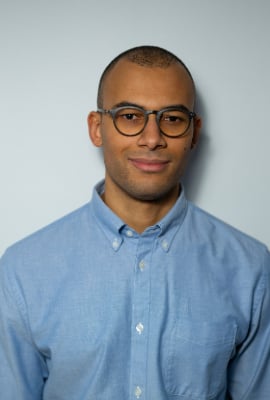How Fashion Players Can Add “Value” with Volume Sales Under Threat
29 Apr 24As Global Fashion Agenda’s Global Fashion Summit 2024 is about to take place in Copenhagen during 21-23 May, Euromonitor International looks at the EU Right to Repair and how, more generally, the regulation shaping up in Europe is increasingly trying to limit high-volume fast fashion models and pushing for added-value services such as repairs, rental and resale to drive circularity in fashion.
Fashion Marketplaces in Europe: Challenges and Opportunities Ahead
12 Apr 24During the COVID-19 pandemic, apparel and footwear e-commerce witnessed a strong boost in sales, as customers were forced to turn to online shopping owing to restrictions and store closures. Yet, since the easing of restrictions, in-store shopping has bounced back and, with it, the share of online sales dropped. This has left many luxury online players struggling under the pressure of either slowing or declining sales.
Top Trends in Global Apparel and Footwear in 2024 and Beyond
5 Apr 24In 2024, global sales of apparel and footwear are set to experience moderate growth of approximately 2% in constant terms, and expected to recover to pre-pandemic levels by late 2025/early 2026. The impact of inflation remains persistent and will translate into cautious discretionary spending levels.
Apparel in Sub-Saharan Africa: Navigating Challenges in Pursuit of Growth
26 Feb 24The African clothing and footwear industry, estimated at over USD30 billion is dynamic, presenting abundant opportunities for stakeholders. Moreover, it stands to gain significantly from the evolving socioeconomic landscape of the continent, primarily propelled by a substantial demographic of young, stylish, and aspirational consumers.
Gen AI: Game Changer in Sustainable Fashion?
15 Jan 24As COP28 recently concluded in Dubai, with promising commitments from fashion players, it is undeniable that there has been an acceleration in the pace towards positive change across the industry since the pandemic, with a growing number of market players improving their efforts in terms of diversity and inclusion, while taking measures to address their negative environmental footprint.
2024: A Resilience Test for US Fashion
15 Jan 24Mixed performance across fashion categories in 2023 makes us wonder what to expect for the industry in 2024. In this article, we'll explore what trends would drive sales in 2024 and which categories will benefit or be impacted by those.
DETERMINANT: A Tale of Body Positivity in Menswear
11 Dec 23Male consumers in Hong Kong are becoming increasingly fashion-conscious and seek diverse options to express their personal style, thereby driving the future growth of menswear. With greater time spent at home and more casual dress codes, male consumers are prioritising comfort and fit for apparel items.
What Inflation Pressures Mean for Fashion Supply Chains Today
25 Sep 23As the pandemic and the war in Ukraine have placed intense stress on global supply chains, purely efficiency-based models have shown their limits in the fashion industry. Since then, luxury and fashion players have pivoted their business models to build their resilience for tomorrow, and beat the impact of inflation, while they also need to anticipate regulatory shifts in terms of sustainability to plan for the future.
Three Trends Driving the Global Luxury Goods Market in 2023
7 Jul 23As the global economy faces slower growth and high inflation, the challenges and uncertainties facing both luxury consumers and key players are escalating. The extraordinary global disruptions over the last few years have led to the rise of a new economic reality that is shaping the consumption of luxury goods and business outcomes today, but is similarly setting the benchmark of what we should expect for the short-term outlook.





